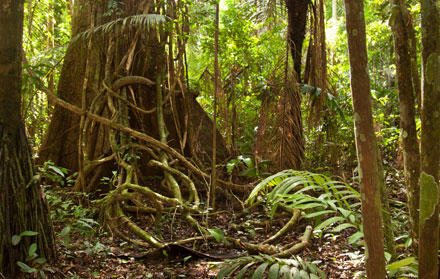
Scientists have worked out how the mysterious Amazon Rainforest began 8000 years ago. Turns out it was a simple gardening experiment that got way out of hand. Source: The Sun
Secrets of the Amazon — including uncontracted tribes — remain more than 10,000 years after the first ancient tribes settled there.
The Sun reported that there are several tribes that remain having never made contact with the world outside. And although it may appear wild and uncharted, a new study published in Science revealed that the forest may have been “structured” by ancient Amazonian people.
Their research suggests the Amazon as we know it is actually the result of one of the world’s earliest experiments with farming.
Scientists found that it’s thanks to these ancient people that certain types of species, like the Brazil nut tree and palm trees, were more likely to be found on the fringes where humans had lived, indicating that they had been deliberately planted.
The extent to which pre-Columbian societies shaped Amazonian landscapes has been hotly debated. Some experts believe people simply camped in areas which had rich vegetation.
But Carolina Levis, a palaeoecologist at Wageningen University in the Netherlands and the lead author of the study, begs to differ.
In the study titled Amazon rainforest was shaped by an ancient hunger for fruits and nuts, she writes: “The extent to which pre-Columbian societies altered Amazonian landscapes is hotly debated. D
“We performed a basin-wide analysis of pre-Columbian impacts on Amazonian forests by overlaying known archaeological sites in Amazonia with the distributions and abundances of 85 woody species domesticated by pre-Columbian peoples.
“Domesticated species are five times more likely than non domesticated species to be hyperdominant.
“Across the basin, the relative abundance and richness of domesticated species increase in forests on and around archaeological sites.
“In southwestern and eastern Amazonia, distance to archaeological sites strongly influences the relative abundance and richness of domesticated species.
“Our analyses indicate that modern tree communities in Amazonia are structured to an important extent by a long history of plant domestication by Amazonian peoples.”







